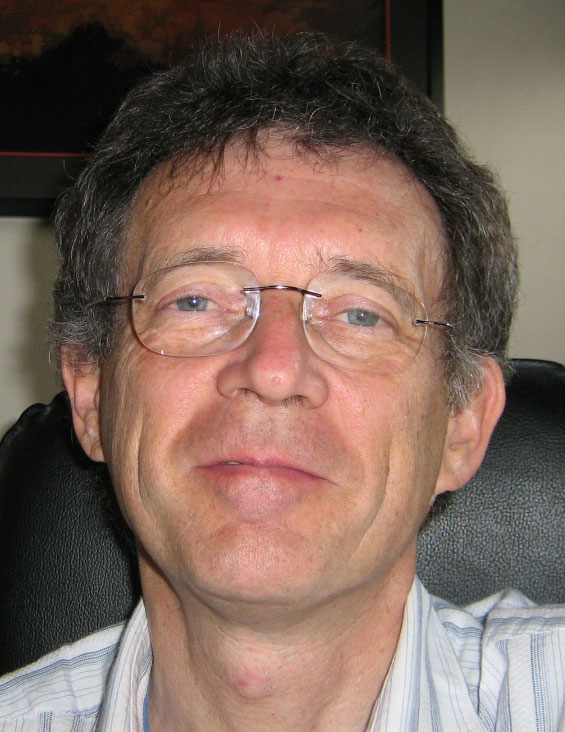Year: 2010 Pages: 17
Two parts of applications are proposed:
- first to physics; several topics may be discussed within the present approach: the identification that we can do between time and movement is not without practical consequences. It leads us to use three coordinates to construct the time parameter, not in supplement to spatial coordinates, but as three of them, and that one must add to those of the spatial points: they correspond to the coordinates of a particular point, measured in the same spatial frame, the movement of which we use to define time. This has many implications for the functioning of the formalism (writing general conservation laws in physics, Lorentz transformations, Maxwell's equations; modification of the equations of gravity ...).
- second, application to culture in the large; the time paradoxes may be discussed and we propose a solution. The difficulties that arise (existence of a multiplicity of times, meaning of the past / present / future categories) are clarified by two statements: - the multiplicity of relations generates a multiplicity of times and ? a single time parameter must necessarily be chosen in order to communicate but it is conventional.
We conclude about the question set by the title of the paper: can we think of space and time ?together?? Yes, at least provisionally, by means of the mental image that links them within the movement. Yes, only for a moment, within an ephemeral acceptation of contradiction, before a compulsory "stop." Let us remember Aristotle's Physics indeed: "we must stop." Only this stop allows us to build our knowledge, and after it, we no longer tolerate contradiction. But what we can highlight now, is the conventional, fragile, never ended nature of this stop, along an infinite transhumance, which constantly asks us to renovate our way to speak of the world. More generally, we propose to see, in any relation, a spatial aspect (the gap between the two terms of the relation) and a temporal aspect (the travel along the path that connects them).


